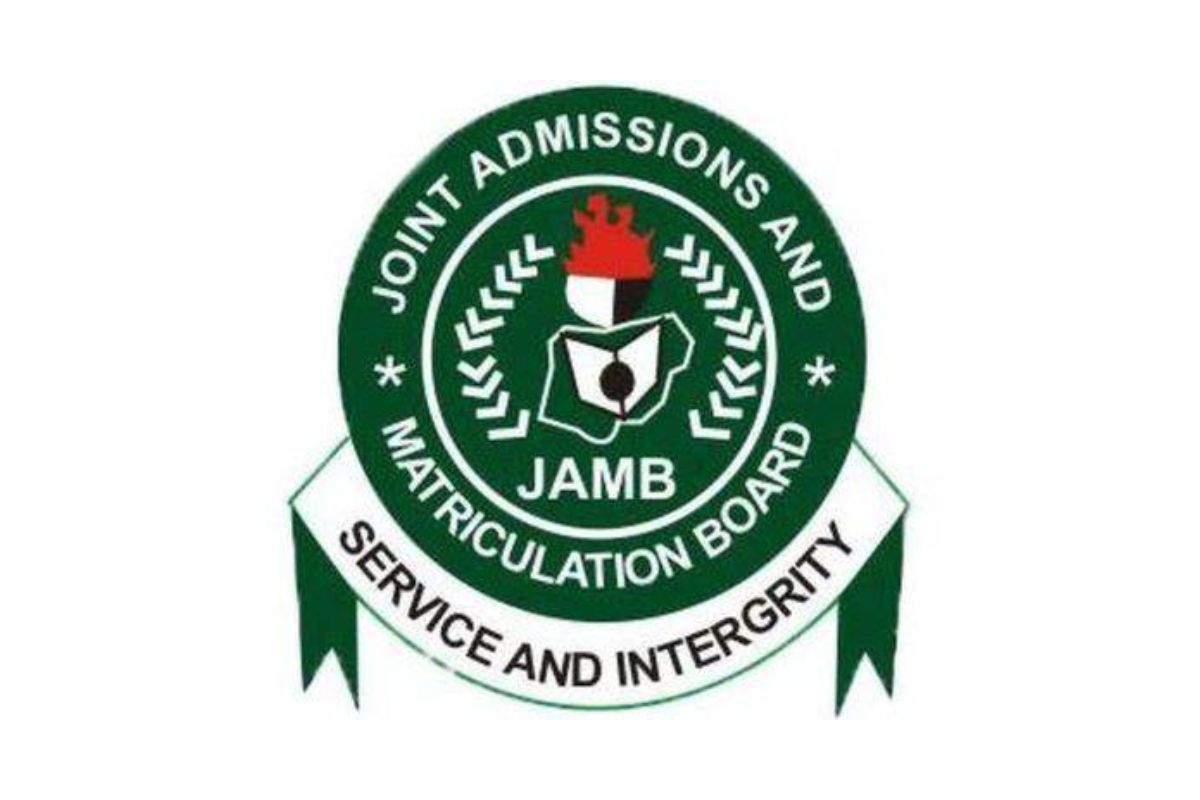After enrolling in the Unified Tertiary Matriculation Examination (UTME), students may transfer to a different school or field of study through the Joint Admissions and Matriculation Board (JAMB). For applicants who may have altered their job interests, committed mistakes during registration, or want to apply to schools with higher admissions rates, this procedure is essential. There is a deadline for the JAMB Change of Institution procedure; nevertheless, beyond that, changes cannot be made. To make sure they don’t miss out on their preferred school, prospective students must be aware of the closing date and its consequences.
Jamb Change Of Institution Closing Date
As of February 20, 2025, the Joint Admissions and Matriculation Board (JAMB) has not officially announced a closing date for the Change of Institution process for the 2025/2026 academic session. Historically, this process remains open until the conclusion of the admission exercise. For instance, in previous years, JAMB’s Head of Public Relations, Fabian Benjamin, stated that the change of course and institution procedure is continuous and only closes after admissions have been concluded.
In essence, requests for changes in course or institution can only be made by potential applicants while the admissions process is still in progress. This suggests that throughout the continuous admission stage, there is a chance to change or rectify the initial decisions that were made. However, it’s important to note that some institutions may have specific deadlines for accepting changes. For example, during the 2024/2025 session, certain platforms reported that JAMB set a deadline of October 31, 2024, for data corrections, including changes of institution.
Candidates are free to modify their selections at this crucial time in response to changing conditions or potential new factors. By guaranteeing that students can adjust their course or university choices to their academic and professional goals, this dynamic approach promotes a more individualized and customized approach to the college or university admissions process.
Given these variations, candidates are strongly advised to:
-
Regularly Check Official Channels: Monitor JAMB’s official website and the websites of prospective institutions for any announcements regarding deadlines.
-
Act Promptly: Complete any desired changes as early as possible to avoid unforeseen deadlines and ensure a smooth admission process.
-
Confirm with Institutions: Reach out directly to the admissions offices of intended institutions to inquire about any specific deadlines they may have in place.
As this information can have a big influence on their decision-making and whole admission strategy, candidates should stay up-to-date on official announcements from JAMB to be informed of any developments or changes in the deadlines for the change of course or institution.
How Much Time Does It Take For A JAMB Institution To Change To Reflect?
As of February 20, 2025, the Joint Admissions and Matriculation Board (JAMB) has made the Change of Course/Institution form available for candidates seeking to modify their choices for the 2025/2026 academic session. This service allows candidates to correct or update their selected courses or institutions after the initial registration.
Key Details:
-
Accessing the Form: Candidates can initiate the change process by logging into their JAMB profile on the official JAMB e-Facility portal.
- Processing Fee: The fee for the Change of Course/Institution is ₦2,500, with an additional service charge of ₦100, totaling ₦2,600.
- Authorized Centers: While payment can be made online, the actual data correction must be carried out at accredited JAMB Computer-Based Test (CBT) centers or JAMB offices. This measure ensures accuracy and authenticity in the correction process.
Important Considerations:
-
Timeliness: It’s advisable to complete any desired changes promptly to avoid potential deadlines and ensure a smooth admission process.
-
Accuracy: Before submitting any changes, double-check all details to ensure they align with your academic goals and qualifications.
For comprehensive guidelines and to initiate the change process, visit the official JAMB website.






